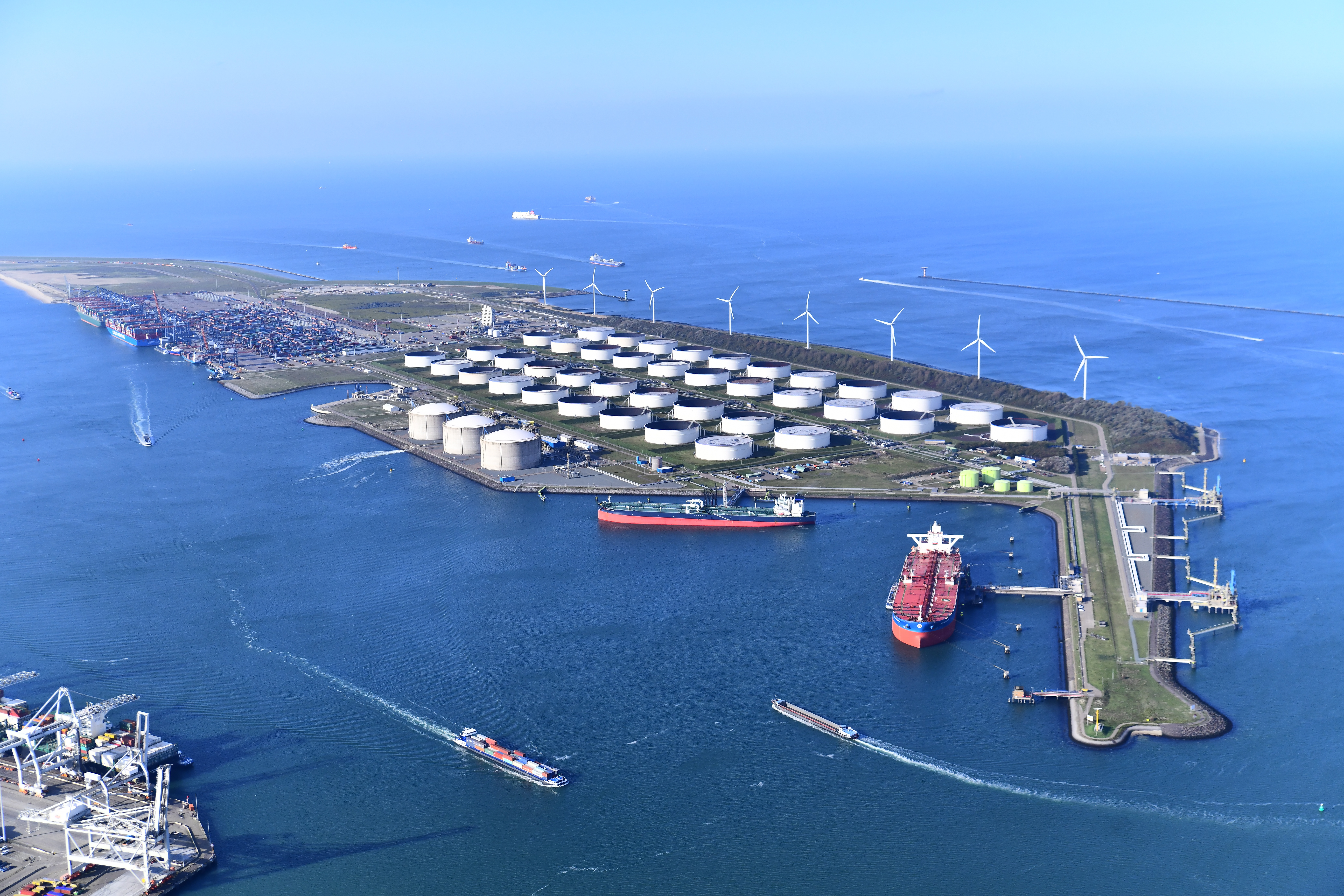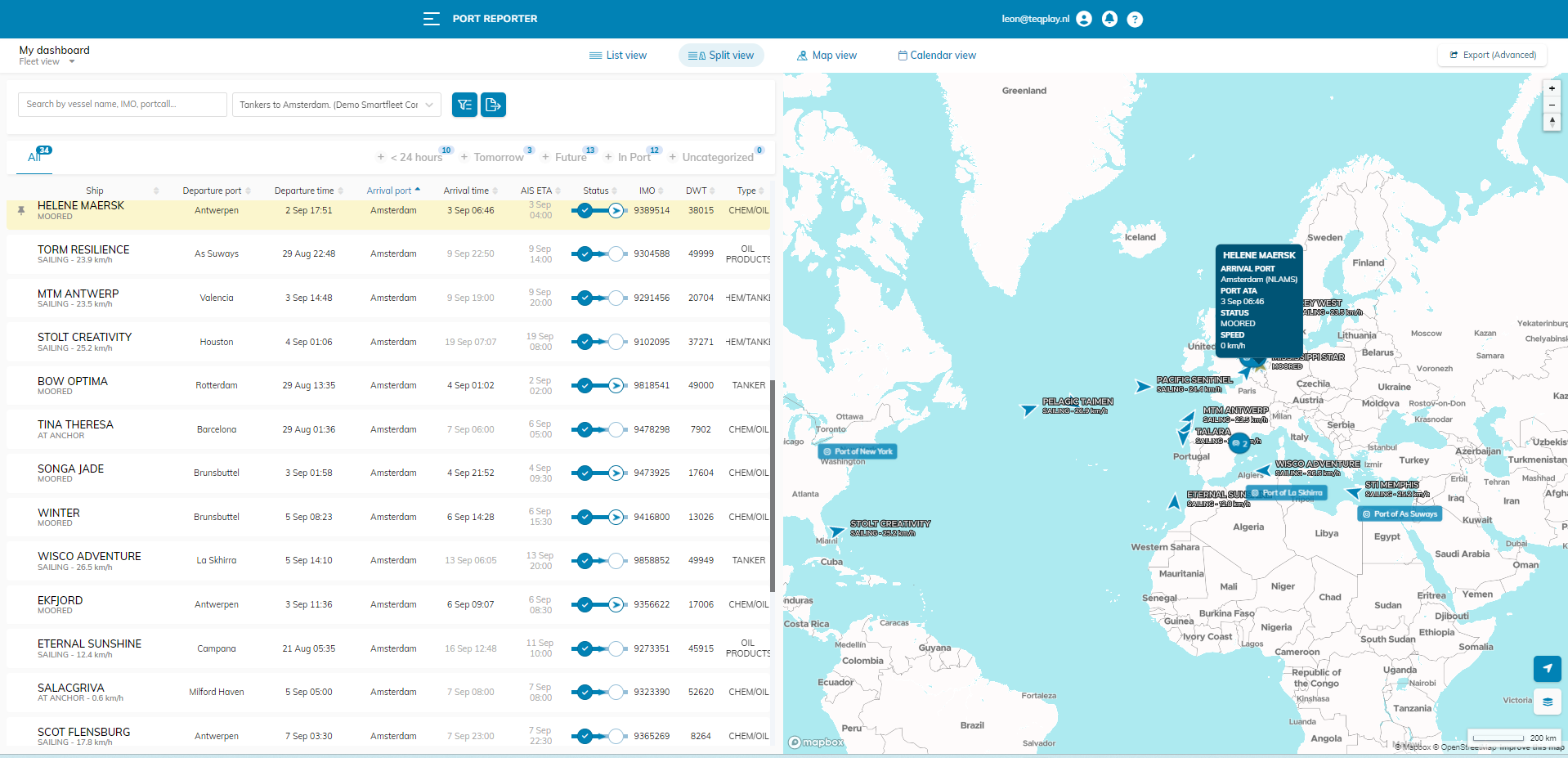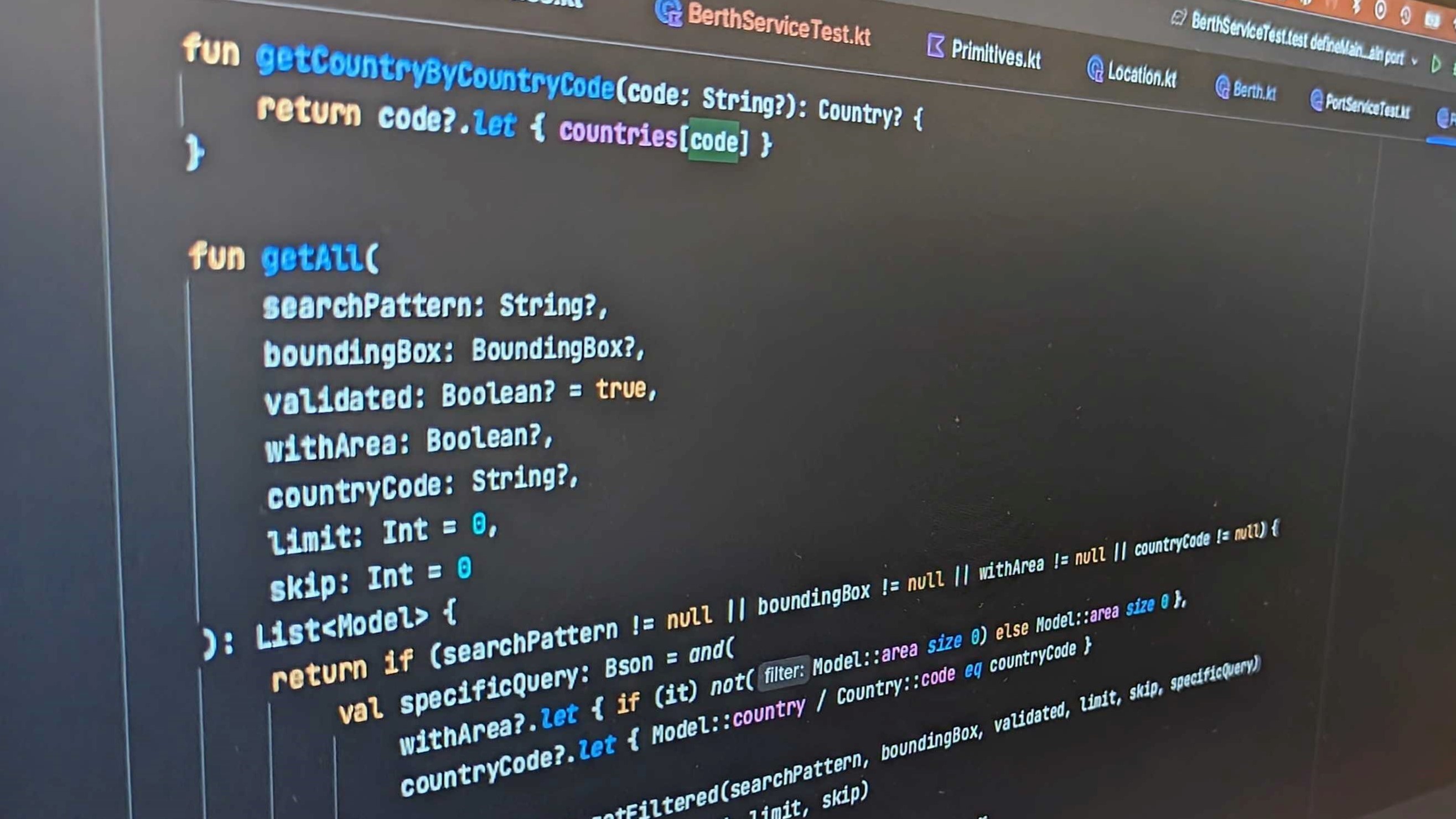by Sander Jellema
The following reads like the screenplay of an exciting book, and pattern detections and AI can do very cool things for you too. Read along about drug smuggling and the possible use of artificial intelligence and technology to counter it and be inspired on how you could improve your maritime business and operations.
Assisting law enforcement through technology
In the summer of 2017, a group of Dutch fishermen was arrested on the suspicion of drug smuggling. On board, in a hidden compartment, a huge amount of 261 kilogrammes of cocaine was found in floating bags. This was the first moment that Dutch people were introduced to the phenomenon of ‘’coke fishermen’. In this blog a capture on things like how did they do it? Regulation in International waters and how technology can assist law enforcement in recognizing this type of drug smuggling.
How did they do it?
The fishermen pretended to go on a normal fishing trip. They adjusted their speed to trawling and pretended to cross the trade route. While maintaining this trawling speed they manoeuvred themselves in a trace behind a container vessel. An accomplice on board of the container vessel made sure that the bags with drugs were dropped overboard from the vessel at the agreed time and coordinates. By seemingly doing ‘’normal activities’’ the fishermen collected the floating bags.
According to several news items and court documents this was only discovered due to a police hack of a criminal PGP server (pretty good privacy) discussing details of the pickup and vessel in messages sent from PGP phones. This led to the information about the smuggling and the fisherman were caught upon arrival at the port.
Smuggling shifts from hidden cargo to open sea
Local authorities get better in detecting hidden freight and containers are less easy to access. More cargo is scanned, seals are applied on containers and terminals are less easy to access. This trend sparks creativity within organized crime, often referred to as ‘’the waterbed effect’’ when smuggling moves to other ports or locations.
To meet the demand, criminals test and try other ways of smuggling. It led organized crime to the open sea. It shows in, multiple news items, one of October last year, which talks about hundreds of packs of cocaine that washed up on the beach. Why criminals move to the open sea is a guessing game, but some of the following factors probably play a role.
- In the Netherlands; the triangle of law enforcement, information exchange and local.
Dutch law enforcement on water is executed by various actors. Coast Guard, Customs and Harbour/river police. Their direct responsibilities in terms of law enforcement are bound from inland to the first 6 nautical miles out of the Dutch coast. Law enforcement past the six miles is less visible and managed differently by the coastguard and the Dutch marine. Behind this line, the waters are international and other regulations apply. - International waters
Due to its special status between countries and world economies, the international waters provide a free passage for ships and seafarers around the globe. As a result, everybody and nobody is in charge. To provide some guidelines and stability, the UN made agreements and laws for everybody to follow in these waters. In reality, this has created vague regulations, which make it difficult for local law enforcement to act effectively.
As an example, one of the many challenges of law enforcement at sea is article 108 of the United Nations Convention on the Laws of the Sea: “Smuggling of narcotic drugs or psychotropic substances”:
1. All States shall cooperate in the suppression of illicit traffic in narcotic drugs and psychotropic substances engaged in by ships on the high seas in contravention of international conventions.
2. A State which has reasonable grounds for believing that a ship flying its flag is engaged in the smuggling of narcotic drugs or psychotropic substances may request the cooperation of other States to suppress such smuggling.
The flag state of a suspicious ship (as mentioned in 108 – 2) is a complicated challenge, and the UN drug treaty does not provide broad and direct possibilities for law enforcement either. As an example, Article 17, chapter nine, only mentions: “The Parties shall consider entering into bilateral or regional agreements or arrangements to carry out, or to enhance the effectiveness of, the provisions of this article.“
Let’s take as an example a cargo or container vessel sailing past the Netherlands in international waters. Before contacting a flag state and arranging the paperwork the vessel will be passed by already. And that’s just one part of the legal struggle. Entering a container ship in international waters and conducting a search on it, can’t be done quickly. This makes the first part of smuggling in international waters quite attractive, so for law enforcement it is better to focus on the moment where the drugs come to shore.
Excluding international water as the first option to catch criminals leads to the second; The fishermen who arrange the pickups. Their vessels make local stops, so it should be easier to check them. But how do you select which fishermen you should investigate? One of the answers can be found in technology.

How can technology support law enforcement?
Based on the detections and technical knowhow of the Teqplay team we believe that the combination of AIS signals and data science is the easiest starting point for law enforcement at sea.
By mapping trade routes and fishing grounds we can conduct an analysis of normal and suspicious behaviour. This starts with storing AIS data and analyzing historical data. This is how it works:
1. Map the vessel specifics, fishing grounds and trade routes
To have a better understanding of normal or suspicious behaviour we should start with getting a better understanding of behaviour and patterns of the fishermen and cargo vessels. Which routes do fishermen normally take to get to fishing grounds? What speed do they sail to get on the fishing grounds? And what speed is the vessel sailing when trawling or fishing? To support the analysis we would suggest an additional filter per vessel type and related specifics. For cargo vessels, we would apply the same approach: which routes do they take, what is their average speed, and what are details of vessel specifics per cargo type and/or vessel size. Hydro and meteo information can be added to the equation, but we know that these effects don’t have a huge impact on yearly or multi-year averages.
2. Identify vessel behaviour specifics
By mapping the context, we define what is odd and suspicious behaviour and then set up a detection mechanism. The algorithm can validate vessel behaviour within a mapped context. For example, when sailing to fishing grounds or following trade lines, the algorithm matches the vessel’s speed with the average speed in that region. Technology also validates if the vessel’s route is in line with the history of the same vessel on previous voyages and with vessels in the same class/type. Same can be done for the cargo vessels, checking if the speed is average or below/above average and matching behaviour from the past and with other vessels of the same type/class/weight. If done manually, this would take a lot of experience and investigation at the right time on the right screen. If handled by an algorithm, it would pick anomalies within seconds.
3. Trigger an event when odd behaviour is detected
After defining odd behaviour, the trigger mechanism follows. As a company we’ve demonstrated successfully that events can be detected and reported based on behaviour. An easy example can be found in our anchor down/up detections, which our company provides to customers all over the globe. These are purely derived from analyzing behaviour. Algorithms could be configured in a way that it will trigger an event to the user if anomalies are detected. For example, an alert goes out to the user when a fisher vessel is detected at trawling speed in the trade routes or when it is sailing/trawling behind a cargo vessel in the same trace. Especially if this behaviour does not match the standard as defined.
Some people from the industry say that doing these detections based on sources like AIS and patterns have a weakness, the main being switching off the AIS transponder when conducting illegal actions. This is a valid point, the detection algorithm and reporting mechanism are ‘’in the dark’’ when this occurs. The good news: switching a transponder off is part of the profiling.
Solving the puzzle is all about detecting anomalies. Regulations require all sea going vessels larger than 15 meters to have a functioning and active AIS transponder on board. Turning off the transponder – or losing signal – is therefore a clue.
It is relatively easy to add this trigger to the search, or flag the vessel as ‘’acting suspicious’’.
On the 24th of January 2020 the Dutch court issued a fine of €2000 euros to a fisherman who claimed that his transponder was out of service due to technical failure. In the verdict the judge disagreed, stating that: The AIS is considered necessary on fishing vessels for effective monitoring. By not complying with the obligation to keep the AIS switched on, the defendant has detracted from that objective.
Turning off the AIS signal triggers not only further investigation, but also a fine for the shipowner.
Conclusion
Data and algorithms are of tremendous value in this complex world of shipping and its legal challenges. Fortunately, smuggling by fishermen is an exemption and not a standard within the industry. We have a lot of respect for the people out there catching the valued fish that we like to see on our menu and moving cargo. We care about the image of the maritime industry and are proud to be a part of it. It is for this very reason that we don’t see a place for smuggling and criminal activities that damage the image of the industry.
Imagine what we can do for your ships with pattern detection and AI. Many of the issues and anomalies that you now process manually can be taken out of your hands with these technologies. Think how much space this will give you and how it will support you in making smarter decisions.
Would you like to continue discussing this topic on LinkedIN, or more information about other detections and patterns? Then we would like to invite you to contact us!
Teqplay – connecting the dots
Sources and attributes:
- Article 108 of the UN Convention of the Laws of the Sea: “Smuggling of narcotic durgs or psychotropic substances”
- https://www.pzc.nl/zeeuws-nieuws/300-pakketjes-met-cocaine-aangespoeld-bij-borssele~af015575/
- https://uitspraken.rechtspraak.nl/inziendocument?id=ECLI:NL:GHARL:2020:622
- “Trawler in rough seas off Teignmouth” by Ray Harrington on Unsplash






